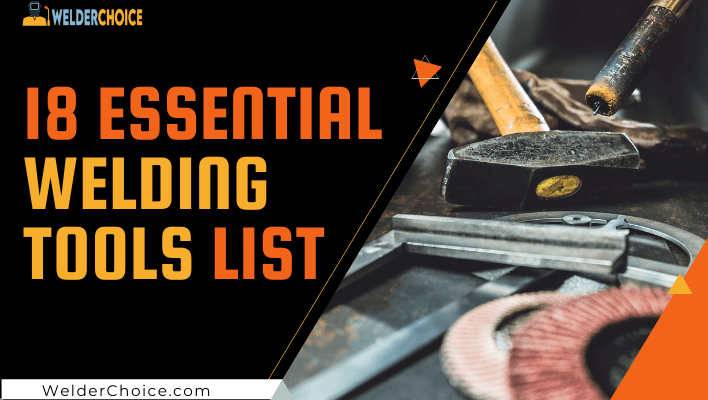If you’re curious about what a welding tools list for beginners requires, this article will provide you with all the information you need.
Many beginners who want to learn welding feel they’ll need many welding tools and will have to pay a lot of money for it.
I’m about to expose that myth with this welding tools list.
As a result, here are the 18 most fundamental welding tools for beginners.
The 18 Essential Welding Tools List
1. Auto-Darkening Welding Helmet
The welding helmet is the most basic and easily recognizable piece of the welding tool. It is both a safety necessity and a standard of the trade.
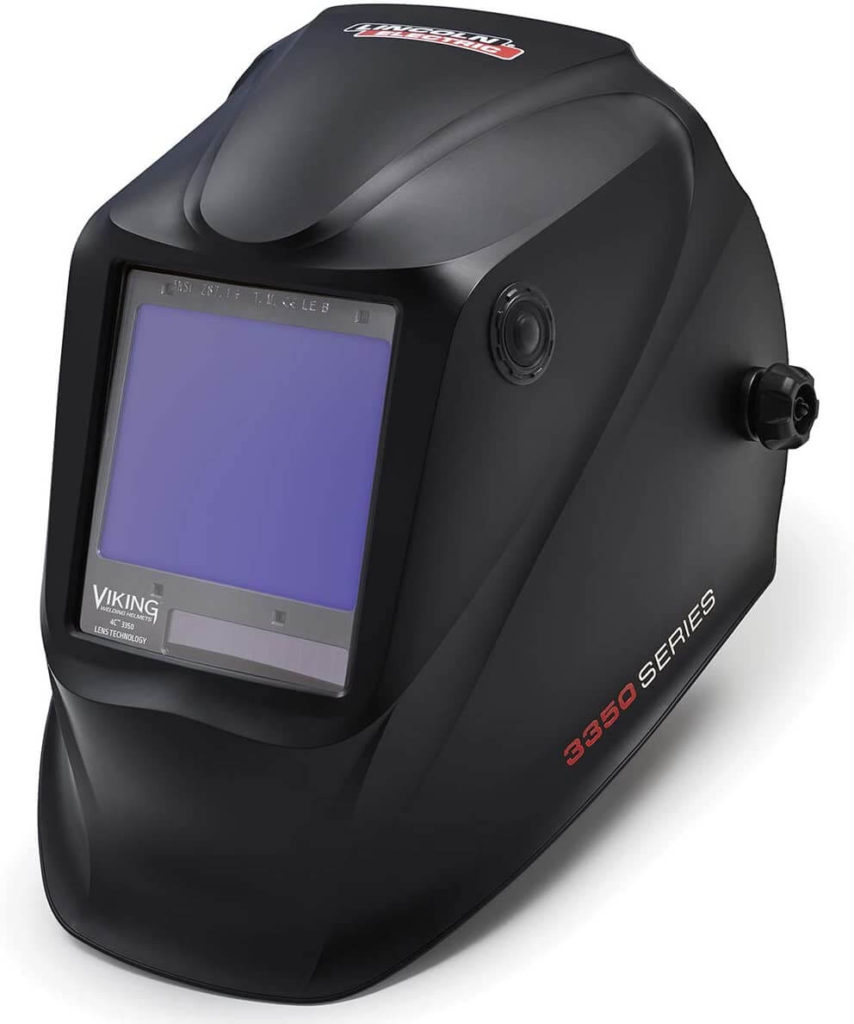
The principal goal of any welding helmet is to shield your face from sparks and flames while you work, as well as to protect your skin and eyes from the heat.
Auto-darkening helmets also shield your eyes from the bright lights emitted by other welding instruments, as well as the hot metal.
The lenses are shaded so that just a tiny amount of light comes through at a time, allowing you to see without causing injury to your eyes.
2. Welding Jacket
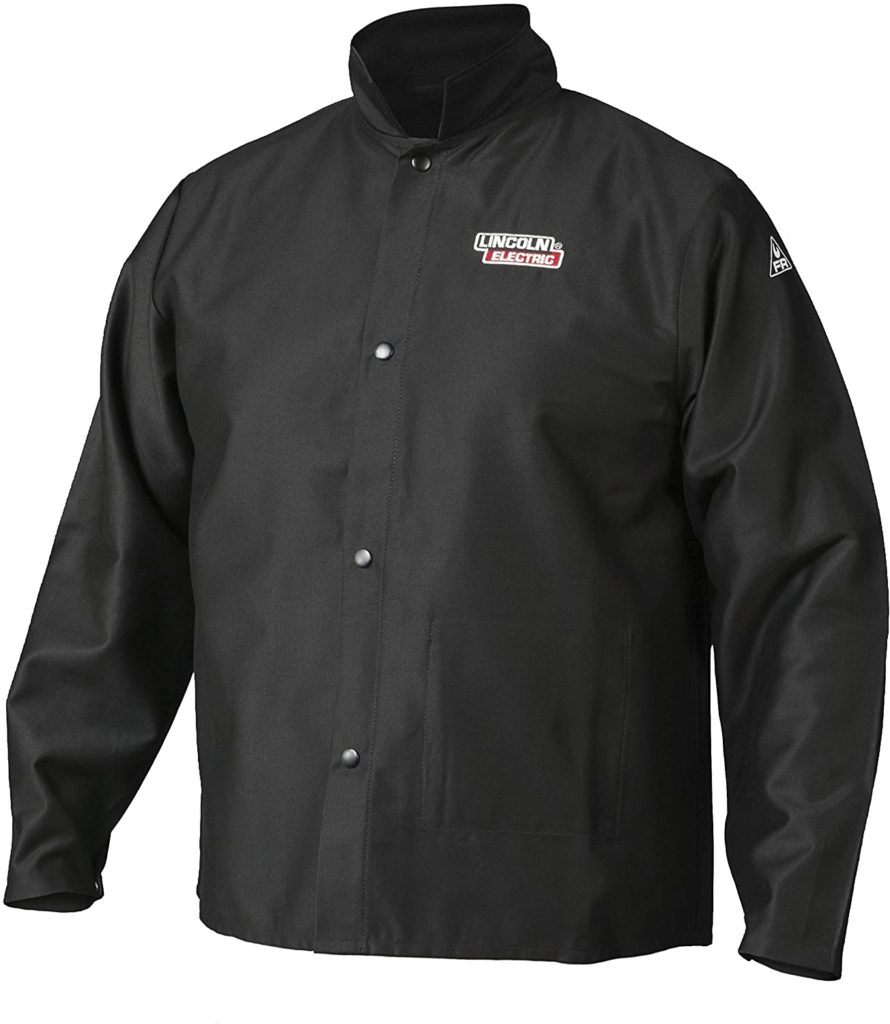
Welding jackets are made of fire-resistant material and are created to keep welders from the extreme heat and metal spray during the welding process.
3. Welding Gloves
Unless you already have nerve damage in your fingertips, welding gloves are essential. In a circumstance like this, you won’t need them.
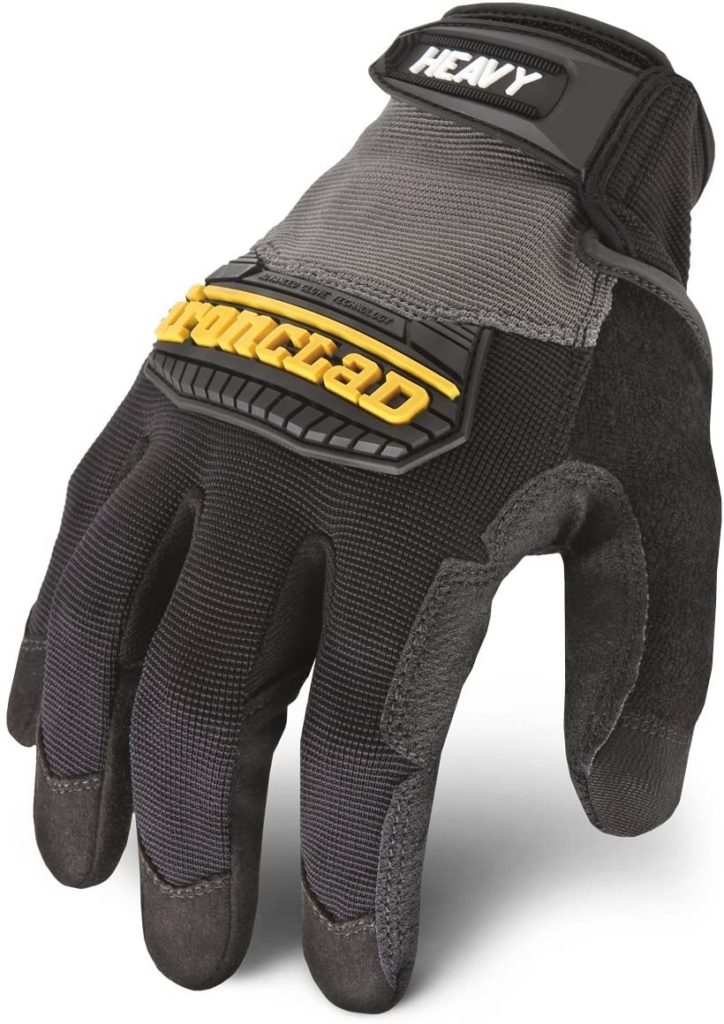
Heavy welding gloves (which I recommend for beginners) allow you to take up hot metal objects without getting burned for a few seconds.
Then there are the extremely thin leather gloves. When a more precise grasp on the torch is required for TIG welding, these are suitable.
Starting with a thick pair is a good idea.
They’ll last a long time unless you use them to pick up a lot of hot metal. It’s important to understand that the arc temperature is around 10,000 degrees, so your welds will generate much heat.
4. Safety Glasses
You can’t always carry your welding helmet, and it’s sometimes useless.
For instances like this, a reliable pair of safety glasses is ideal.
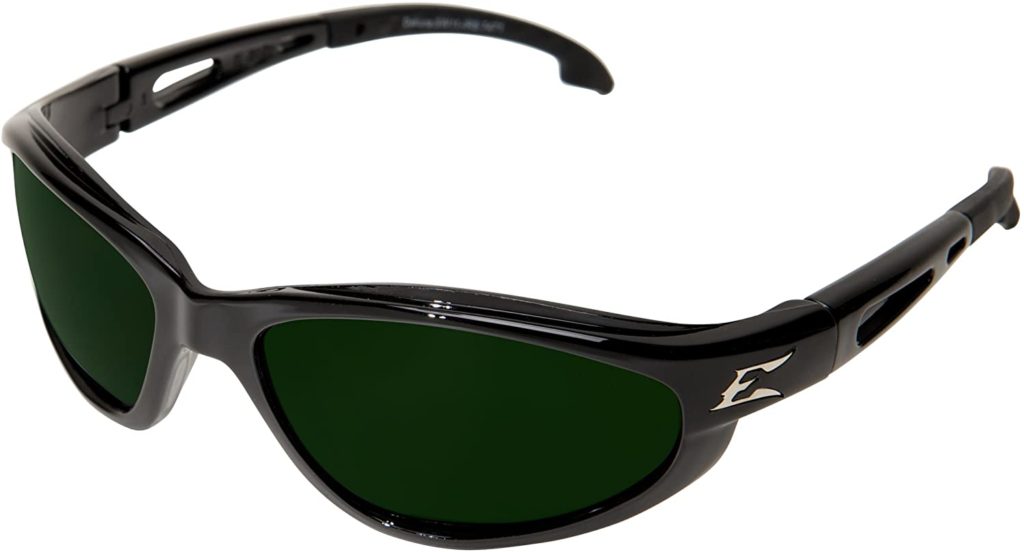
Safety glasses are durable plastic and keep sparks from flying into your eyes from tools like angle grinders.
5. Welding Boots
One of the most commonly and under-reported workplace injuries is foot injury. Workplace foot injuries account for around a quarter of all disability claims.
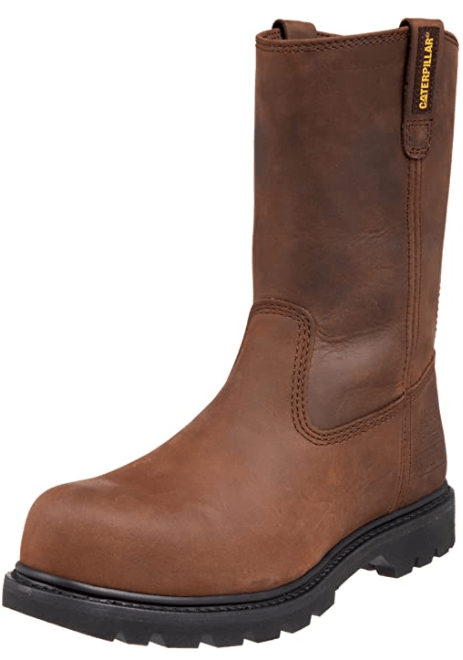
Knowing this, you should wear foot protection while welding to protect your feet from hot metal and heavy equipment.
Welding boots should be as tough as they can be. Toes with steel reinforcements and thick leather are required. The goal is to keep your feet safe from falling molten metal.
6. Welding Sleeves
Welding sleeves are comparable to welding boots in that they are both necessary for welding safety but are rarely mentioned.
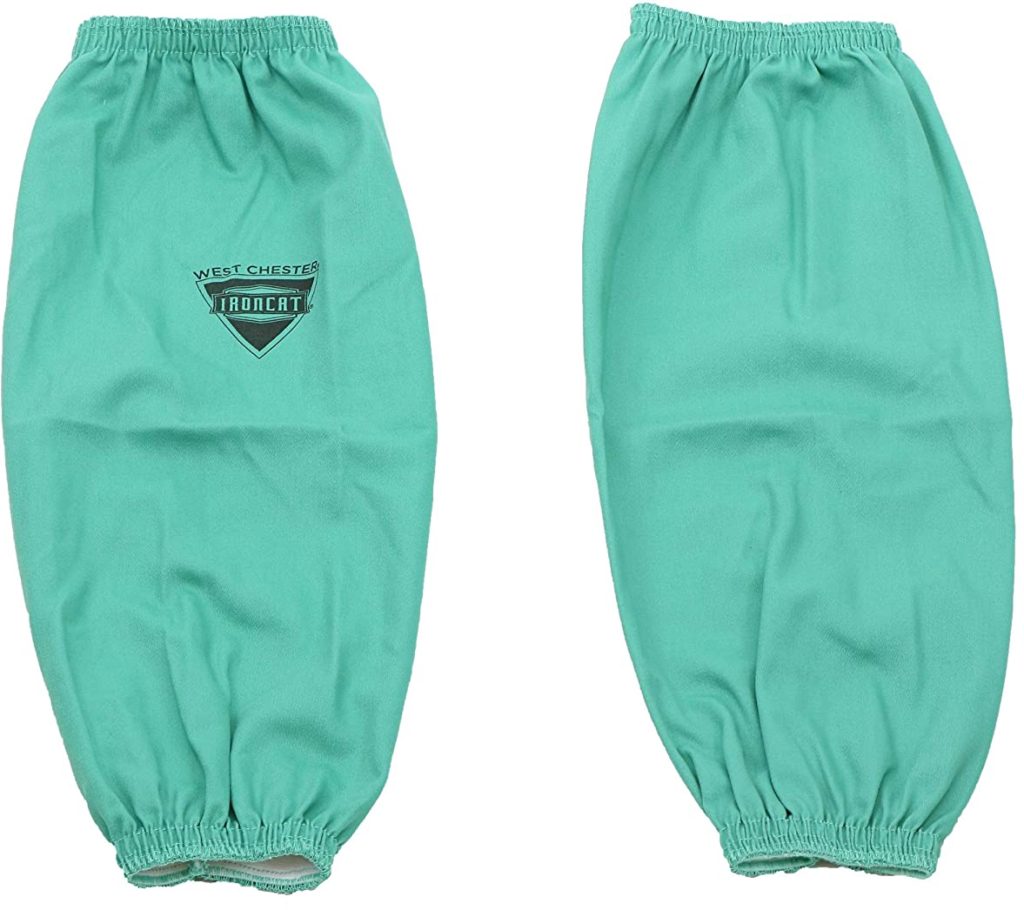
Welding sleeves are detachable sleeves that protect your skin and clothes from harm when welding. They’re usually made of leather or a non-flammable, long-lasting fabric.
Most welding sleeves are attached to an apron or have suspenders.
Others are designed to seem like women’s clothing, with a partial chest and collar linked to the arms for added protection and comfort.
When there are flying sparks of burning metal, the last thing you want is for your shirt to catch fire. Therefore more coverage is always preferred.
7. Welding Magnets
Welding magnets are vital welding fabrication tools due to their versatility.
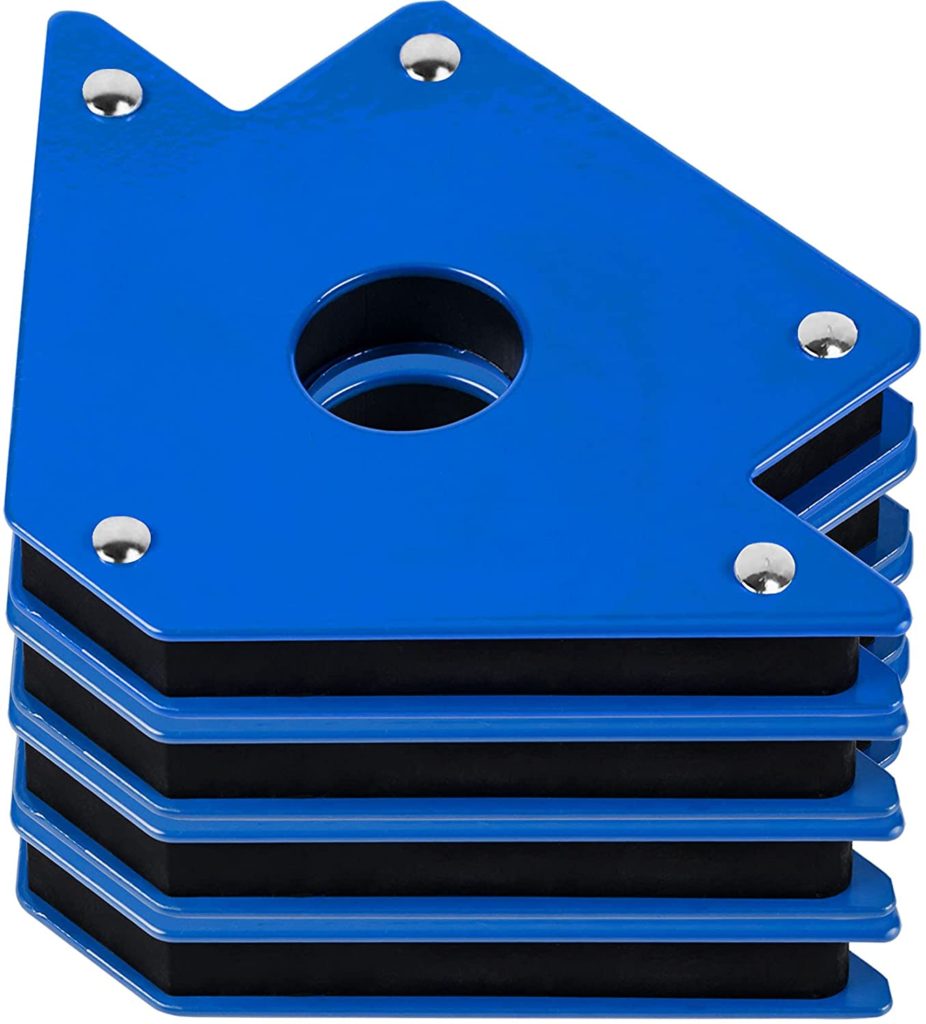
You can rapidly hold components in place and generate 90-degree angles with any of your projects. I like to utilize them when building welding frames for tables, fire pit grates, and other projects.
They come in a variety of sizes to handle a range of welding applications from tiny to large. Make sure you get a lot of magnets, though.
One magnet should be placed on each corner of the workpiece to keep it in place if you’re making a square frame.
Harbor Freight Tools is a great place to get cheap welding magnets and other welding supplies.
8. Welding Table or Cart
In almost any work, you must be comfortable. Welders are in the same boat. Welders require a stable platform that is at a comfortable height for them to set their welder on. If you’re in a store, you’ll almost certainly be seated at a fixed table. If you do your welding from your vehicle, you’ll need a strong cart with wheels to make transportation more convenient.
9. Chipping Hammer
One feature of MIG welding or stick welding is the condensing of slag as the metal melts and solidifies into the weld.
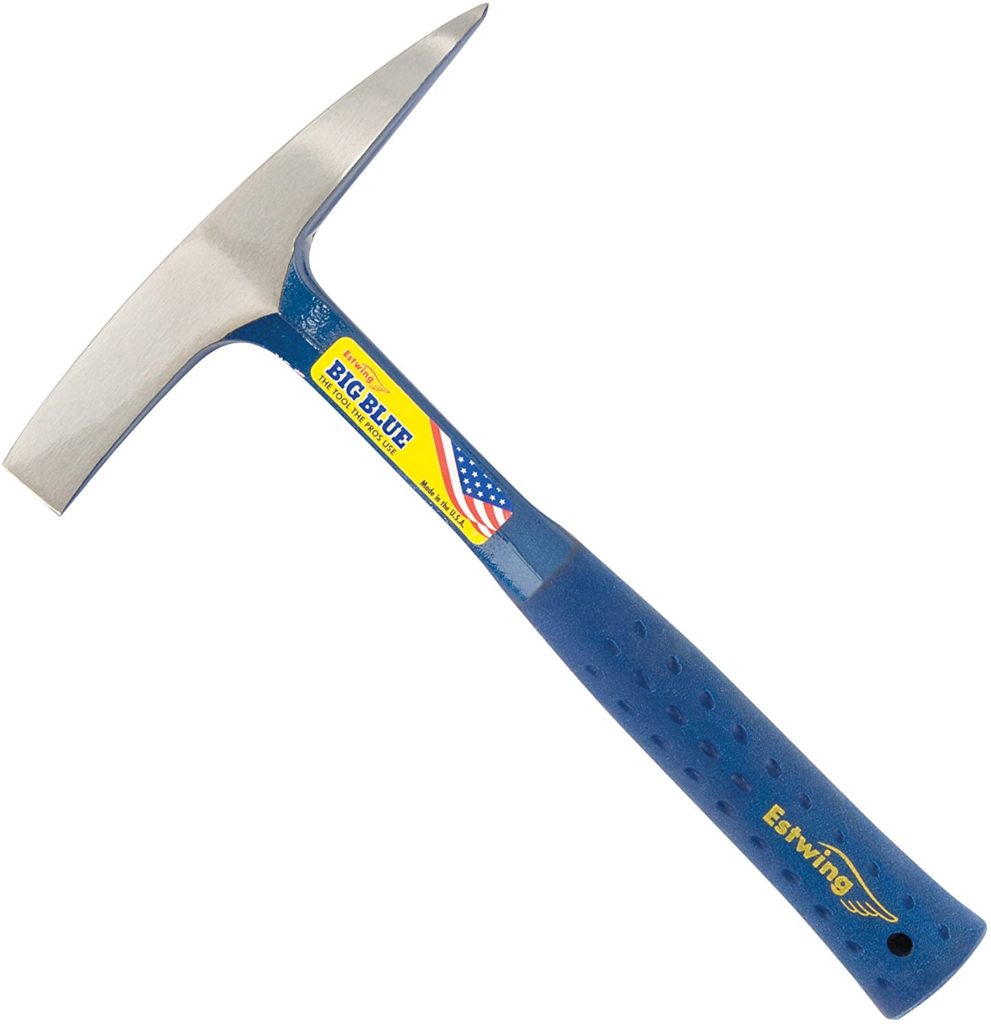
This slag must occasionally be brushed away. The chipping hammer comes in handy in this situation.
Chipping hammers are designed for different types of slag and have two sides, one flat and one-pointed.
Although you may not use them frequently, they make the welding process considerably cleaner and more manageable.
Shop Related Products:
10. MIG Welding Pliers
MIG welding pliers can be found in most hardware stores and on the internet. They’re not a specialized item, and they’re reasonably priced given how much you can accomplish with them.

They use for a variety of things, including:
- They have circular clamps that are ideal for removing nozzles from MIG guns.
- You’ll have to do this frequently as it wears out.
- Saves time by eliminating the need for a second wire cutter.
- Using the tips of the pliers, clean the inside of the nozzle of the spatter.
If you own a MIG welder, you’ll need a good pair of MIG pliers.
11. C Clamps
Having a selection of C clamps on hand might help you save a lot of time and effort. The ability to secure your workpiece to a table is vital, and C clamps are great for this.
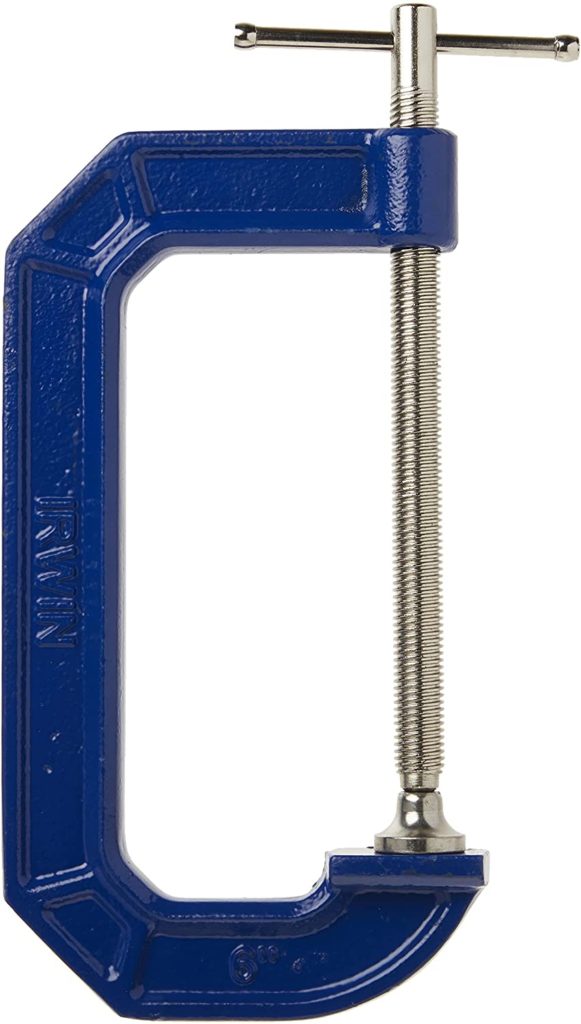
Consider the following
You buy all of the metal you’ll need and carefully measure and cut it for your project. Then, without clamping your thing, you start welding. So, what’s going to happen next?
The entire project is going to be ruined because it has become severely twisted. It would be best if you had used a clamp to secure it to the table.
You won’t be sorry if you have 5 or 10 various sizes of C clamps lying around your store.
12. Welding Framing Jig
Even though a welder frame jig isn’t as important as some of the other items on the best welding tools list, it’s still a handy tool to have.
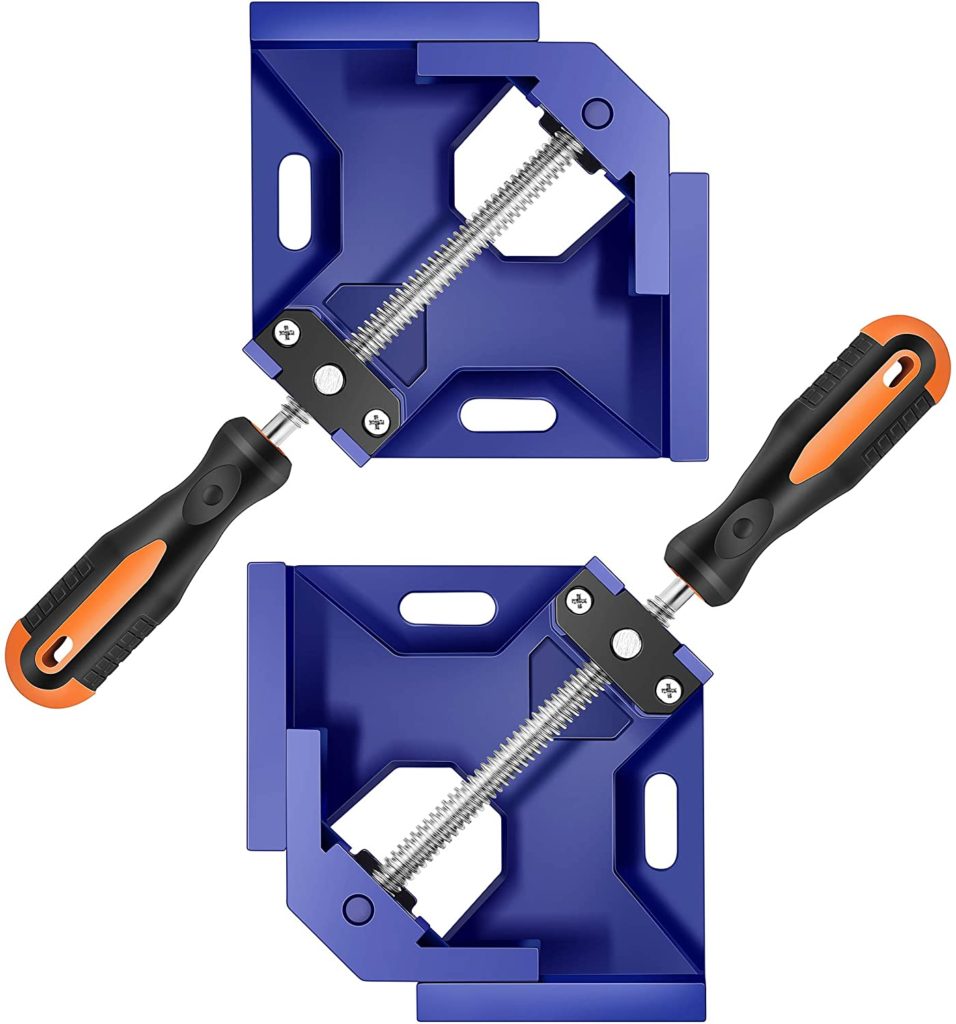
A welder framing jig allows you to weld at 90-degree angles. While a welding magnet could be utilized, a frame jig gives much more excellent support during welding and enables the use of more significant metal parts.
Unlike magnets, it also allows for the simultaneous tack welding of many layers or components, all at a precise 90-degree angle.
13. Speed Square
For a variety of reasons, a speed square is an essential tool for beginners.
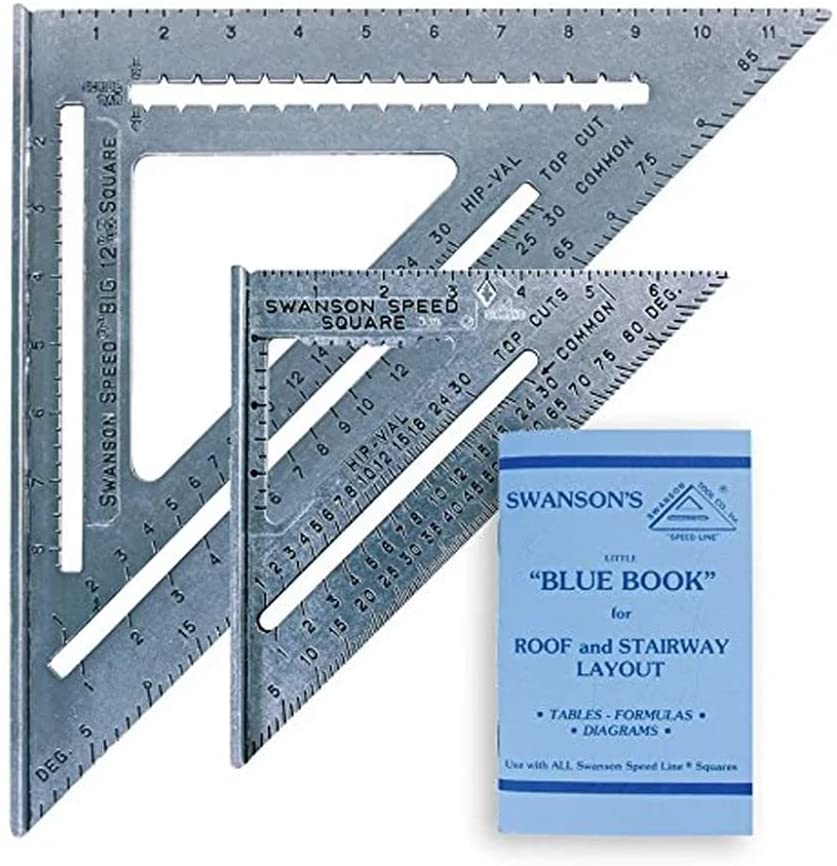
Assume you have a long piece of square tube from which you only need to cut 12 inches.
After aligning your speed square on the workpiece material and labeling your tubing, you’re ready to cut a 90-degree angle.
Furthermore, if you wish to cut the steel tube at a 45-degree angle, slide your speed square around until the 45-degree point is reached. It’s a must-have welding tool because it’s so easy to use.
14. Metal Brush
A metal brush, like a chipping hammer, is something you don’t think about very much yet use all the time while welding.
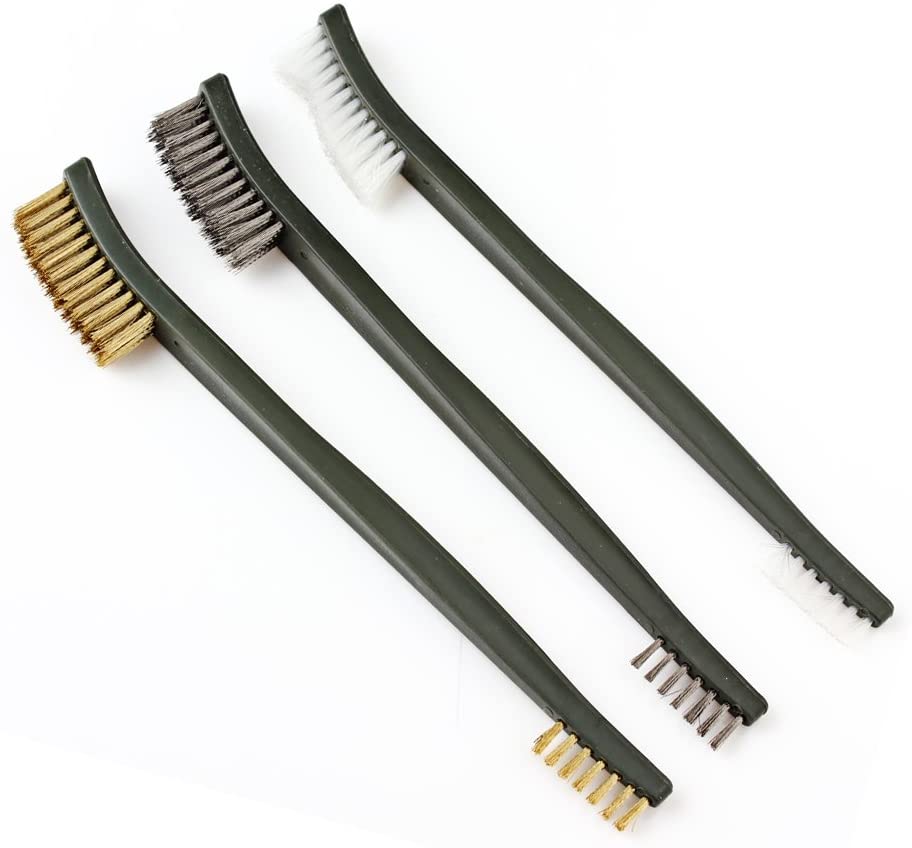
Slag and charring from the tops of cooled welds are removed using a metal brush, leaving the whole thing looking neat and clean.
Although not all welding processes produce slag, those necessitate chipping hammers and metal brushes to do the work properly.
15. Angle Grinder
Angle grinders are a welding tools list must-have tool for any workshop.
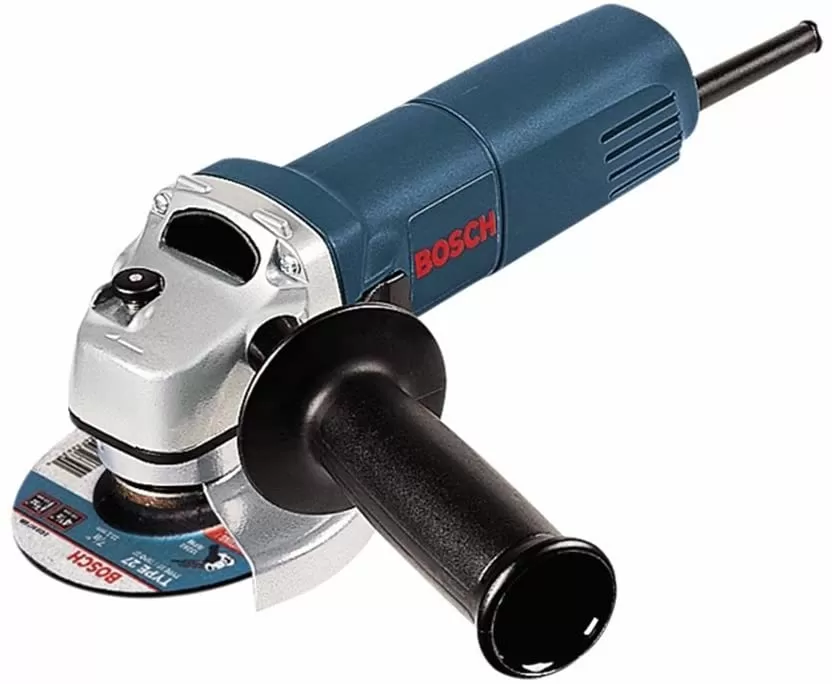
I don’t think you’ll be able to get by without one. A grinding disk can smooth out your projects, a cut-off wheel can cut metal, a wire brush can remove paint, and a flap disk can be used for precise grinding.
Having at least two angle grinders on hand is always a good idea. The first is for grinding, and the second is for cutting.
16. Sheet Metal Gauge
If you want to know how thick your metal is, this next gadget is ideal.
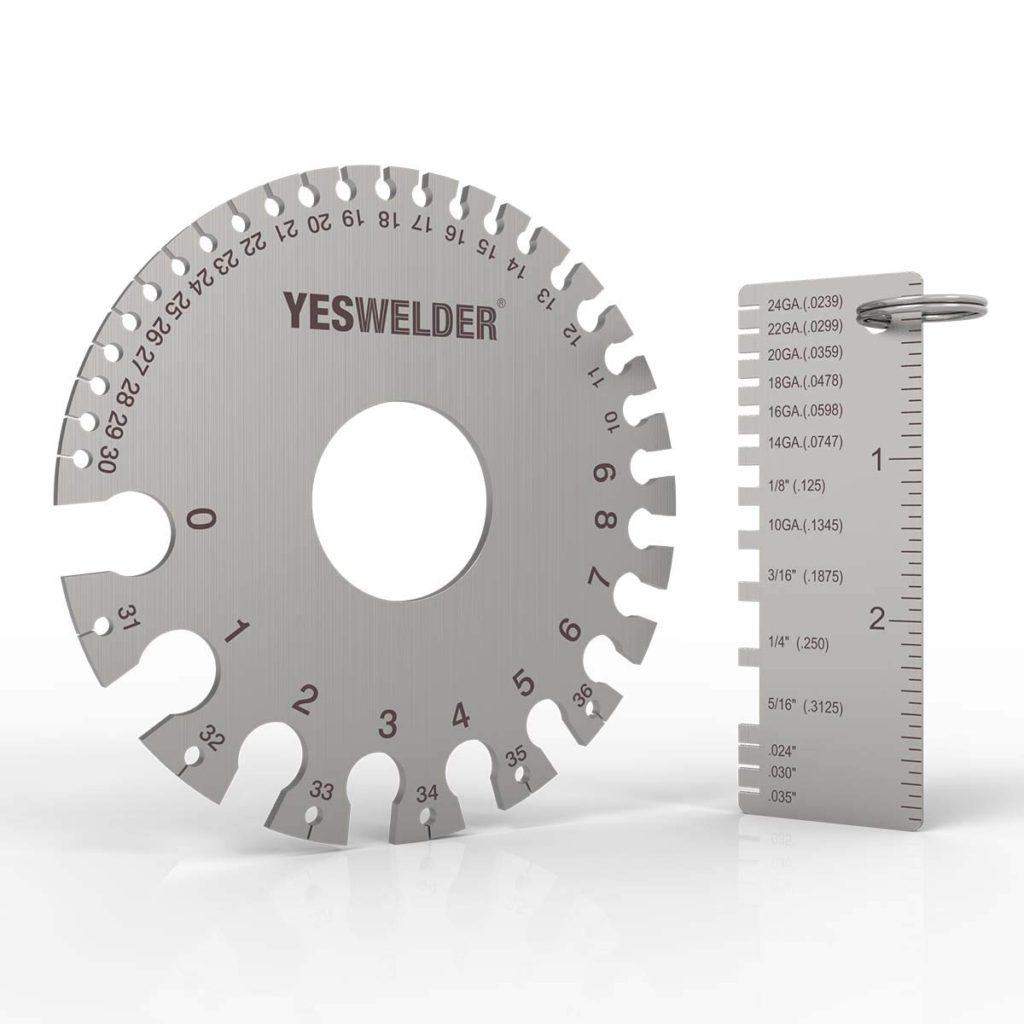
This is useful since most welders have a chart showing the setting for various metal thicknesses. It isn’t easy to judge the thickness of a piece of metal by eye. Therefore the sheet metal gauge comes in handy.
Slide the holes over your work item, and the gauge will provide you with a reading.
When you have a bunch of metal hanging about, and you forget what thickness it is, this is a great tool to have.
Although I wouldn’t recommend this as a welding tool for beginners, it is helpful to have around the shop.
17. Soapstone
Although the soapstone is not composed of soap, it has a similar substance to the marking item.
You mark with soapstone, which may be readily wiped once you’re finished. Consider it a particular type of chalk designed for writing on metal.
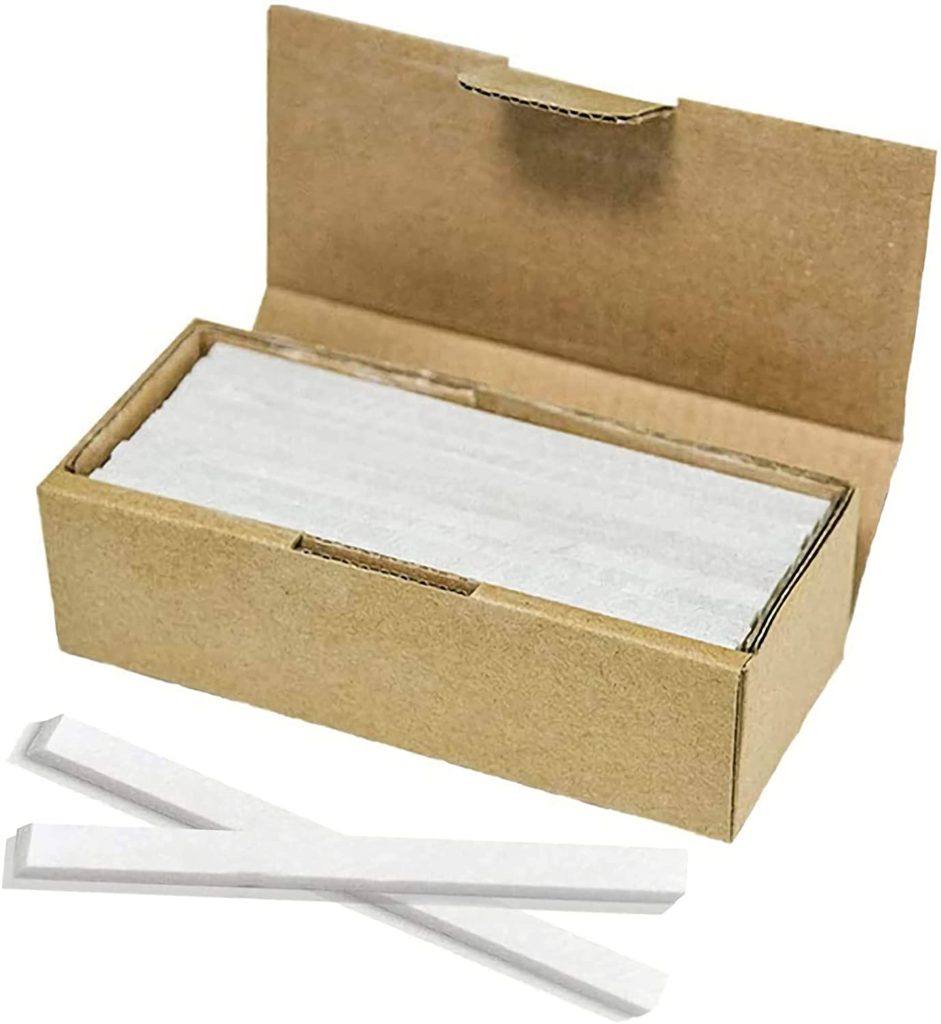
Soapstone is better than graphite because it can endure high temperatures and flames from torches and other welding tools.
In addition to writing directly on the metal, it lets you draw intricate forms, curved lines, and other designs.
18. Metal File
Metal files, like angle grinders, are used to remove debris and rough edges from the metal you’re cutting.
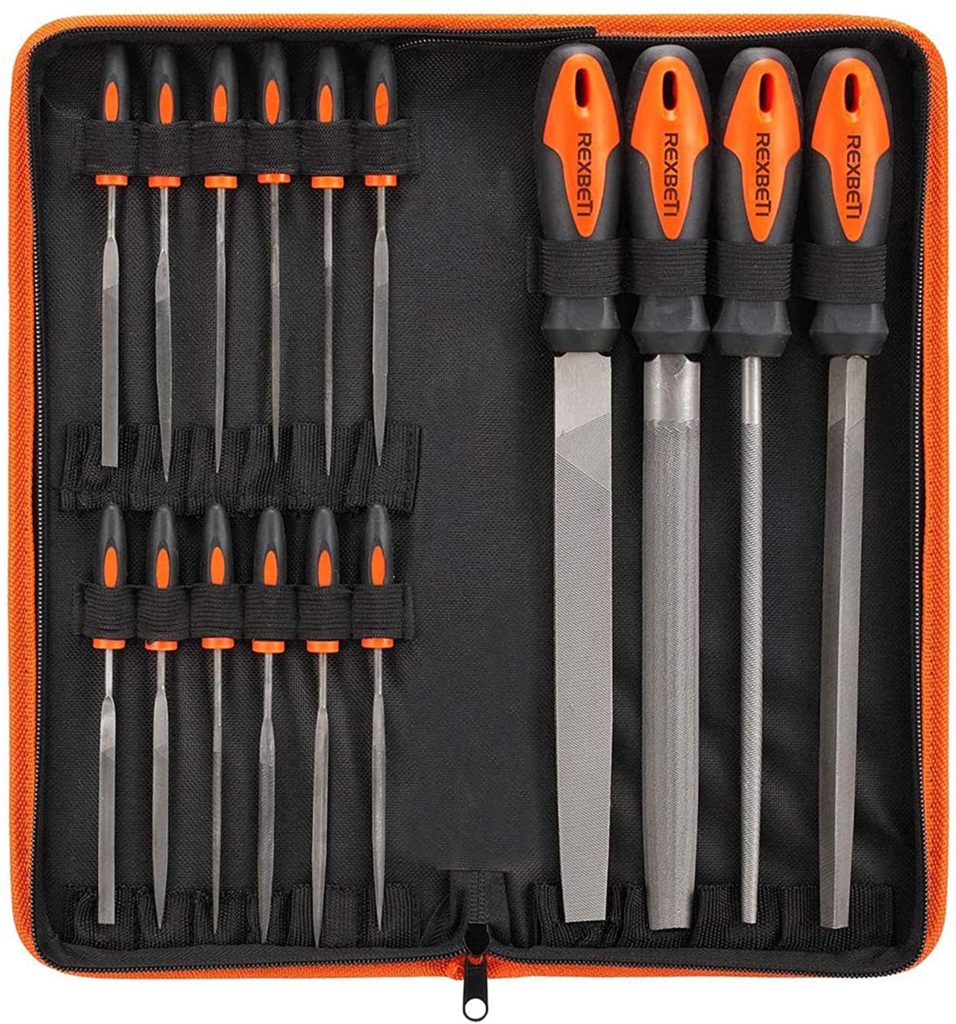
Metal files are also commonly used for a wide range of other metalworking projects, and you’ve probably used them before.
Files polish a product and make it look nice, whereas angular grinders are used for rougher removal.
Conclusion
All of the tools on this welding tools list will be useful as you learn to weld, and many of them will be utilized for a long time.
Beginner welders should begin with MIG welding to gain a better understanding of the trade.
Best wishes!
Recommended Post
- Lincoln Electric Viking 3350 Welding Helmet
- Best Welding Helmet for Beginners
- How To MIG weld Aluminum
- Best TIG Welding Helmet
- Most Expensive Welding Helmets

With 8 years of experience a senior welding instructor and safety equipment researcher and writes articles, reviews and guidelines on helmets and other welding and safety gears at Welder Choice, and other written works have been published in various publications.
